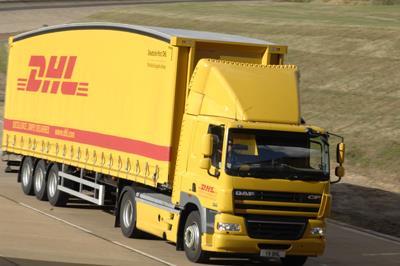
As the UK’s car manufacturing industry enjoys a boom in demand, DHL Supply Chain’s automotive arm has been gearing up for growth in volumes for some time, particularly after a dip in business when production dropped during the recession.
Stewart Robertson, MD automotive strategic development at DHL Supply Chain, told The Hub that car production in the UK has increased a great deal in the three years since he stepped into his role. But with the growing need to ensure that empty running is reduced and cost is minimised, the company has had to be flexible to changes in production.
He said it adopted a number of tactics to cope with lower volumes in the recession as both business and consumer markets delayed the purchase of new vehicles during the economic downturn.
Some of DHL’s staff had to drop from multiple to single shifts, it removed its need for external warehousing, and it also attempted to eliminate some of the costly areas of the business- including warehousing space.
But as volumes have picked up, DHL’s automotive business, which mainly deals with inbound transport of parts into factories, has had to adjust quickly. Although vehicle manufacturers like to keep production levels stable all year round, DHL does encounter occasional peaks in production, particularly if manufacturers are bringing a new model to the market.
“We have to adopt various different tactics in this case,” Robertson told The Hub. “We go through a consultative process [with the manufacturer] to ensure we understand what needs to be done.”
In case of a peak, drivers are asked to be flexible and are often given more shifts, or deliver parts to factories through the night.
Robertson also said DHL uses extensive software to calculate optimum vehicle fill for its fleet of over 1,000 vehicles, which helps it reduce empty running. Consolidating different customers’ freight into shared loads is also common.
DHL has recently launched a new initiative which will see it take on more inter-regional long haul movements, which it hopes will also help improve loadfill.
“We constantly scrutinise what we’re doing to cut costs,” said Robertson, echoing a challenge that most transport operators have to manage.











